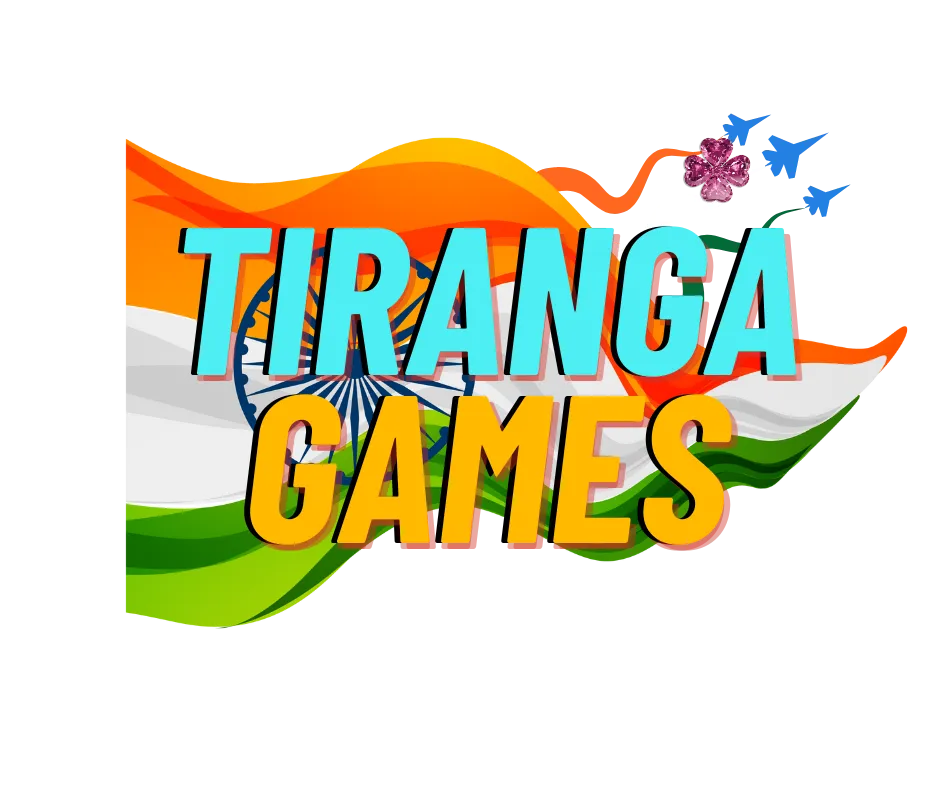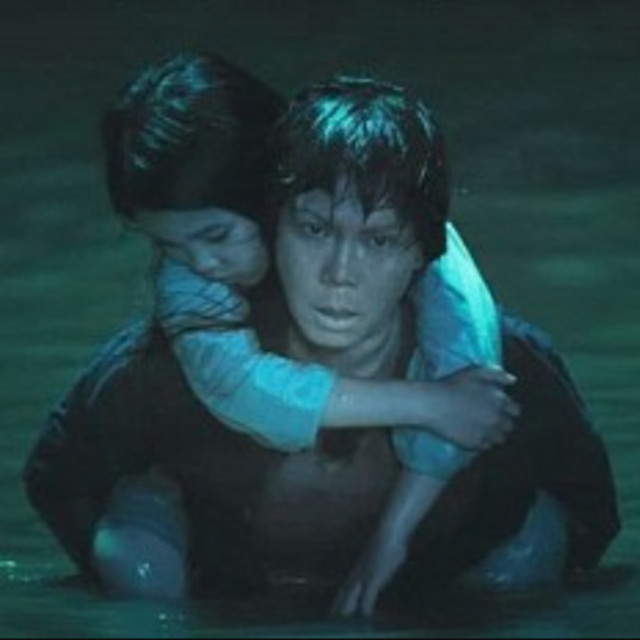
The Tiranga Game is more than just a pastime; it’s a vibrant fusion of culture, community, and competition. Originating from rich traditions, this game encapsulates the essence of teamwork and creativity, making it a beloved activity in many regions. In this article, we’ll explore the intricacies of the Exploring the Tiranga Game: A Unique Blend Need to Know About Culture and Fun, its cultural significance, gameplay mechanics, and why it has captured the hearts of so many.
What Is the Tiranga Game?
The Tiranga Game is a unique outdoor game that combines elements of strategy, agility, and team spirit. Often played during festivals, community gatherings, and family events, it serves as both entertainment and a way to strengthen social bonds. The name “Tiranga,” which means “tricolor” in Hindi, is derived from the Indian national flag, reflecting the game’s connection to national pride and unity.
The Significance of the Name
The term “Tiranga” symbolizes diversity and harmony, which is foundational to the game. Just as the three colors of the Indian flag represent courage, peace, and faith, participants of the Tiranga Game embody these values through collaboration and sportsmanship.
Incorporating these colors into the gameplay creates a visually engaging atmosphere, enhancing the sense of participation and pride among players. It reinforces the idea that while competition is inherent to sports, the underlying themes of unity and collective achievement are paramount.
The Cultural Roots of the Tiranga Game
1. Historical Background
The Tiranga Game traces its roots back to ancient traditions where games were a significant part of community life. Historically, these games were designed not only for entertainment but also for instilling values like teamwork and respect. Over time, the Tiranga Game evolved to include various modern elements, appealing to younger generations while preserving its traditional essence.
In rural communities, games like the Tiranga Game served multiple purposes: they were a means of social interaction, a method to showcase physical prowess, and a way to teach younger generations about cooperation and competition. Festivals and local gatherings would often feature such games, weaving them into the very fabric of cultural celebrations.
2. Cultural Festivals
In many parts of India, the Tiranga Game is a staple during cultural festivals. Events like Independence Day and Republic Day often feature this game as a way to promote patriotism. Local communities come together to participate, creating a festive atmosphere filled with music, dance, and excitement. The game becomes a way to celebrate national pride and communal harmony.
During these festivals, the Tiranga Game acts as a bridge between generations. Older participants share their experiences and strategies with younger players, fostering mentorship and a deeper appreciation for cultural heritage. The atmosphere is often charged with excitement, as friends and families cheer for their teams, reinforcing community ties.
Gameplay Mechanics of the Tiranga Game
1. Basic Rules
The Tiranga Game is typically played outdoors and requires minimal equipment, making it accessible to a wide audience. Here’s a brief overview of the basic rules:
- Team Composition: The game is played between two teams, each comprising an equal number of players. Teams are often encouraged to wear colors that represent the Indian flag—saffron, white, and green—to reinforce the theme of unity.
- Objective: The primary goal is to capture the opposing team’s flag while protecting your own. The game involves various strategies and tactics to outmaneuver opponents.
- Playing Field: A designated area is marked out for gameplay, with specific boundaries that players must adhere to. The boundaries create a sense of competition and challenge.
- Gameplay Duration: Matches can vary in length, typically lasting anywhere from 20 to 40 minutes, depending on the number of rounds agreed upon by the teams.
2. Strategies and Tactics
Success in the Tiranga Game requires both physical skill and strategic thinking. Here are some tactics players often employ:
- Team Coordination: Effective communication and coordination among team members are crucial. Players often create formations that allow them to both defend their flag and attack the opponent’s.
- Agility and Speed: Quick movements and agility can be decisive in avoiding opponents and reaching the flag. Players train to enhance their speed, ensuring they can outpace competitors when necessary.
- Deception: Players may use feints or misdirection to confuse opponents, allowing teammates to capitalize on openings. This element of surprise adds an exciting dynamic to the game.
- Positioning and Awareness: Understanding the positioning of teammates and opponents can greatly influence the outcome. Players must be aware of their surroundings, anticipating movements and strategizing accordingly.
The Social Impact of the Tiranga Game
1. Fostering Community Spirit
One of the most significant aspects of the Tiranga Game is its ability to foster community spirit. As players engage in friendly competition, they strengthen their social ties and create lasting memories. The game becomes a platform for building friendships, encouraging collaboration, and celebrating cultural heritage.
Community leaders often emphasize the importance of such games in nurturing relationships among diverse groups. The Tiranga Game not only brings people together but also helps bridge gaps between different cultures and backgrounds, reinforcing the idea that shared experiences lead to greater understanding.
2. Promoting Inclusivity
The Tiranga Game is inherently inclusive, welcoming players of all ages and skill levels. Its simple rules and adaptable format mean that everyone can participate, making it an excellent activity for families and community groups. This inclusivity enhances the sense of belonging and unity within the community.
By encouraging participation from various demographics, the Tiranga Game acts as a unifying force. It provides an avenue for families to bond, friends to reconnect, and strangers to become acquaintances, all through the joy of play.
The Tiranga Game in Modern Context
1. Evolving Gameplay
While the essence of the Tiranga Game remains intact, modern variations have emerged. Some communities incorporate technology, using apps for team coordination or online platforms to connect players. This evolution keeps the game relevant and appealing to younger audiences.
For instance, many organizations now host tournaments where teams can register online, track their progress, and participate in leaderboards. These technological advancements help create a competitive atmosphere and foster community engagement beyond traditional gameplay.
2. Educational Benefits
In recent years, schools and educational institutions have recognized the Tiranga Game as a valuable tool for teaching teamwork, strategy, and cultural appreciation. Integrating the game into physical education curriculums helps students develop essential life skills while enjoying physical activity.
Teachers often highlight the benefits of the Tiranga Game in enhancing critical thinking, improving physical fitness, and fostering social skills. By participating in such games, students learn to communicate effectively, resolve conflicts amicably, and work collaboratively towards common goals.
3. Health and Wellness
The Tiranga Game also promotes physical fitness and mental well-being. In an age where sedentary lifestyles are becoming increasingly common, engaging in active games offers a refreshing break from screens.
Regular participation in the Tiranga Game can lead to improved cardiovascular health, better coordination, and increased stamina. Additionally, the social interactions fostered during gameplay can reduce stress and enhance emotional well-being, contributing to a more balanced lifestyle.
Creating an Engaging Tiranga Game Experience
1. Organizing Community Events
To maximize the impact of the Tiranga Game, community leaders can organize events that bring people together. Here are some suggestions for organizing a successful event:
- Set Clear Objectives: Define the purpose of the event, whether it’s for fun, competition, or community building. Clear objectives help guide the planning process.
- Choose the Right Venue: Select an appropriate location that can accommodate all participants. A local park or community field is ideal for outdoor games.
- Promote Inclusivity: Encourage participation from all community members, regardless of age or skill level. Providing teams for varying abilities can ensure everyone feels included.
- Incorporate Cultural Elements: Add cultural elements such as traditional music, dance, and food stalls to create a festive atmosphere. These elements enhance the overall experience and reinforce community bonds.
2. Engaging Local Schools
Schools can play a crucial role in popularizing the Tiranga Game. By incorporating it into their physical education programs, they can encourage students to embrace the values of teamwork and cooperation.
- Host Inter-School Tournaments: Schools can organize tournaments to foster healthy competition among students. Such events can help students develop sportsmanship and camaraderie while having fun.
- Community Involvement: Involving parents and local residents in school events can strengthen community ties. This involvement creates a supportive environment for students and reinforces the importance of teamwork.
3. Online Community Building
Leveraging social media and online platforms can help foster a community around the Tiranga Game. Here are some ideas:
- Create a Dedicated Group: Establish online communities where players can share tips, strategies, and experiences related to the Tiranga Game. This fosters engagement and encourages newcomers to join.
- Share Success Stories: Highlight local teams or players who have excelled in the Tiranga Game. Sharing success stories can inspire others and promote participation.
- Promote Events: Use social media to promote upcoming tournaments or community events, encouraging wider participation and building excitement around the game.
The Future of the Tiranga Game
1. Sustainability and Growth
As communities increasingly recognize the benefits of the Tiranga Game, its future looks bright. Efforts to preserve the cultural significance of the game while adapting to modern trends will help sustain its popularity.
2. Expanding Outreach
Expanding outreach efforts to include neighboring communities and even international participants can further enhance the Tiranga Game‘s profile. Cultural exchanges and tournaments can foster international camaraderie and promote global understanding.
Conclusion: Embracing the Tiranga Game
The Tiranga Game is a beautiful blend of culture and fun, offering a unique way for individuals and communities to connect. Its historical roots and modern adaptations ensure that it remains a relevant and cherished activity. Whether you’re a seasoned player or new to the game, participating in the Tiranga Game provides an opportunity to celebrate unity, sportsmanship, and cultural pride.
As communities continue to come together through this engaging game, the spirit of the Tiranga Game will undoubtedly live on, bringing joy and connection to all who participate. So, gather your friends, embrace the thrill of competition, and enjoy the vibrant experience that the Tiranga Game has to offer.







